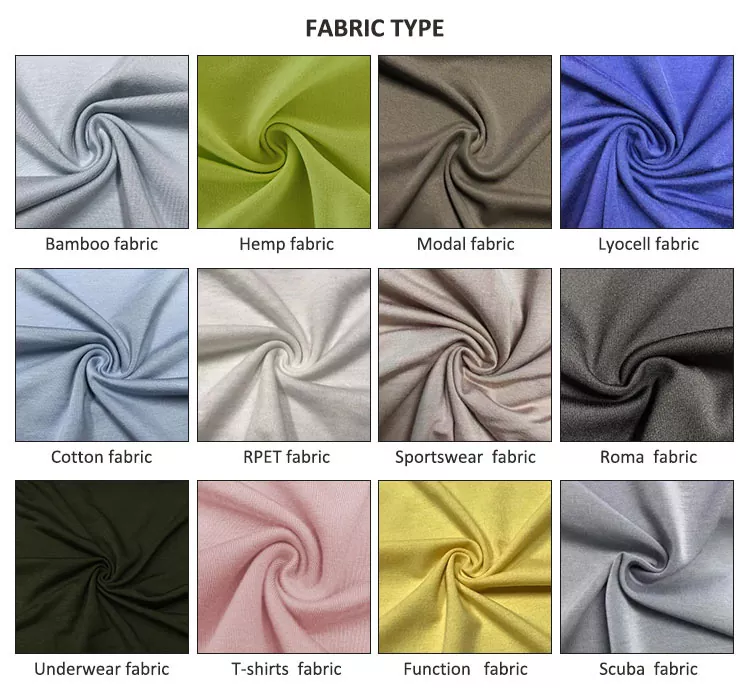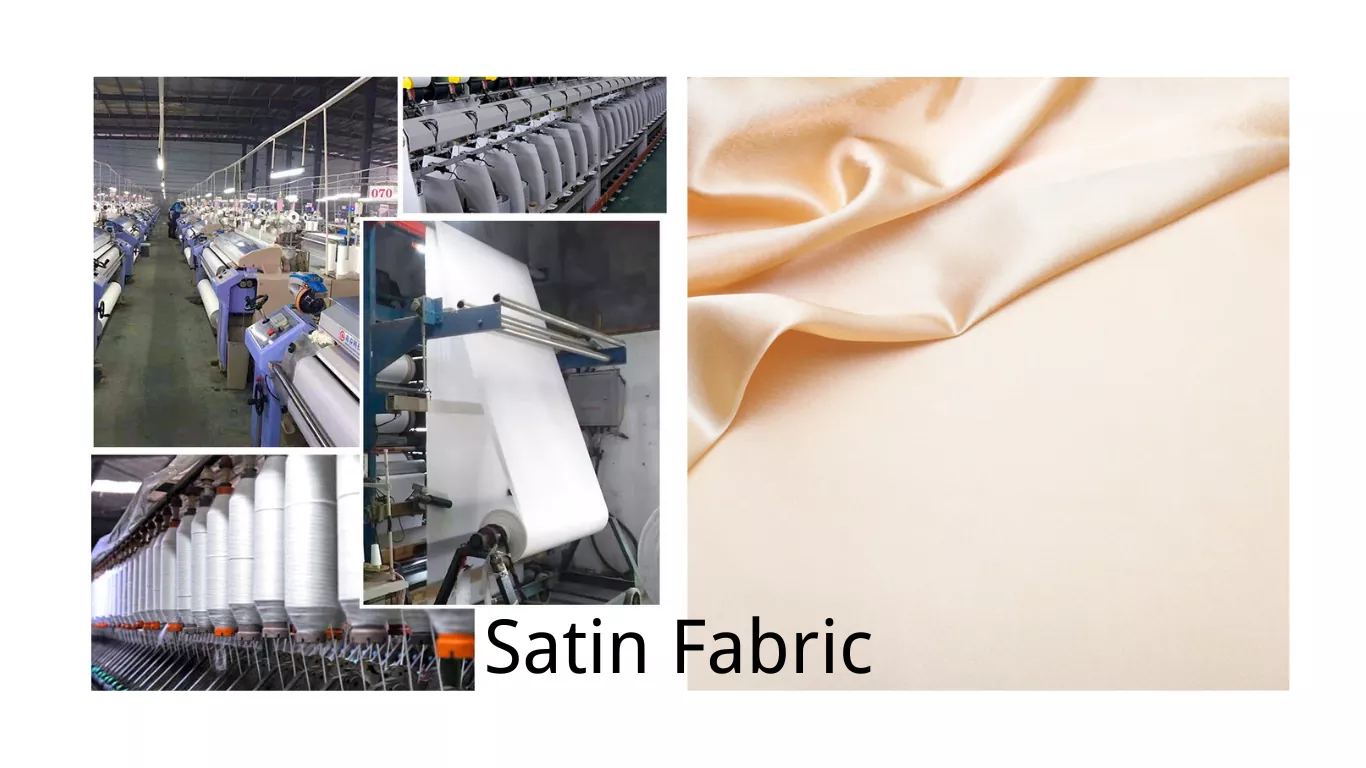OEM-kledingproductie is een complex proces waarbij wordt samengewerkt met fabrikanten om kledingstukken te maken en te produceren. In dit artikel onderzoeken we de rol van OEM kledingfabrikanten en de voordelen van het werken met hen. We bespreken ook hoe je de juiste OEM-kledingfabrikant kiest door verschillende factoren in overweging te nemen en belangrijke vragen te stellen. Lees verder en ontdek de belangrijkste punten uit deze gids voor OEM-kledingfabrikanten.
Belangrijkste opmerkingen
- OEM-kledingfabrikanten spelen een cruciale rol in de kledingindustrie door ontwerp-, productie- en distributieservices te leveren.
- Werken met OEM-kledingfabrikanten kan kostenbesparingen opleveren, snellere productietijden en toegang tot gespecialiseerde expertise.
- Houd bij het kiezen van een OEM-kledingfabrikant rekening met factoren zoals hun ervaring, productiemogelijkheden en kwaliteitscontroleprocessen.
- Vraag potentiële OEM-kledingfabrikanten naar hun prijsstructuur, minimale bestelhoeveelheden en communicatiekanalen.
- Vergeet niet om duidelijke communicatie en verwachtingen af te spreken met de OEM-kledingfabrikant van je keuze om een succesvolle samenwerking te garanderen.
What is OEM Clothing Manufacturing?
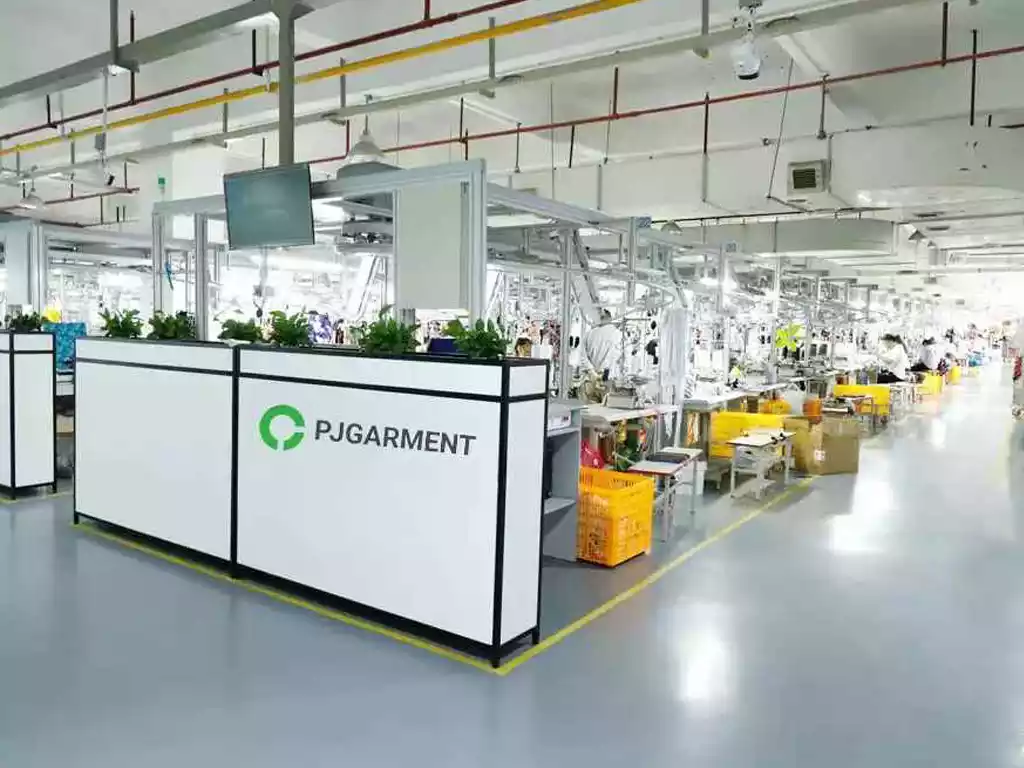
Definition of OEM Clothing Manufacturing:
OEM (Original Equipment Manufacturer) clothing manufacturing refers to the process where a manufacturer produces garments based on the designs and specifications provided by another company, which then sells the finished products under its own brand name. Essentially, the brand outsources the production to the OEM manufacturer but retains the branding and marketing responsibilities.
Differences between OEM, ODM, and OBM:
- OEM (Original Equipment Manufacturer): The manufacturer produces clothing based on the brand’s designs and specifications. For example, a small fashion brand may design a new line of summer dresses and hire an OEM manufacturer to produce them.
- ODM (Original Design Manufacturer): The manufacturer provides design and production services. Brands can choose from existing designs or request custom modifications. For instance, a sportswear brand might select a pre-designed activewear set from an ODM and request specific color changes.
- OBM (Original Brand Manufacturer): The manufacturer not only produces but also designs and sells the products under its own brand name. An example is a well-known fashion house like Zara, which designs, manufactures, and sells its own clothing.
Advantages of OEM for Clothing Brands:
- Kosteneffectiviteit: Brands can save on the costs associated with setting up and maintaining production facilities. For example, a startup fashion brand can focus its budget on marketing and retail rather than manufacturing.
- Access to Expertise: OEM manufacturers often have specialized knowledge and advanced technology. A luxury lingerie brand might benefit from an OEM manufacturer with expertise in delicate fabrics and intricate designs.
- Flexibility: Brands can scale production up or down based on demand without worrying about idle production lines. For instance, a seasonal clothing brand can increase production during peak seasons and reduce it during off-peak times.
By understanding OEM clothing manufacturing, brands can leverage these advantages to streamline their operations and focus on building their market presence.
De rol van OEM-kledingfabrikanten
Als OEM kledingfabrikantenspelen we een cruciale rol in de mode-industrie. Onze primaire verantwoordelijkheid is het produceren van kledingstukken op basis van de specificaties van onze klanten. We werken nauw samen met merken en ontwerpers om hun creatieve visies tot leven te brengen.
Onze expertise ligt in het begrijpen van de technische aspecten van kledingproductie, waaronder stofkeuze, het maken van patronen en het ontwikkelen van stalen. We hebben een grondige kennis van het productieproces en zorgen ervoor dat elk kledingstuk voldoet aan de hoogste kwaliteitsnormen.
Naast de productie bieden we onze klanten ook waardevolle input en begeleiding. We geven advies over kosteneffectieve productietechnieken, stellen verbeteringen voor om het ontwerp en de functionaliteit van de kledingstukken te verbeteren en helpen de productietijdlijn te stroomlijnen.
Door met ons samen te werken kunnen merken en ontwerpers zich richten op hun kerncompetenties, zoals marketing en verkoop, terwijl wij zorgen voor het productieproces. We zetten ons in om uitzonderlijke producten te leveren die voldoen aan de unieke behoeften en voorkeuren van onze klanten.
Voordelen van het werken met OEM-kledingfabrikanten
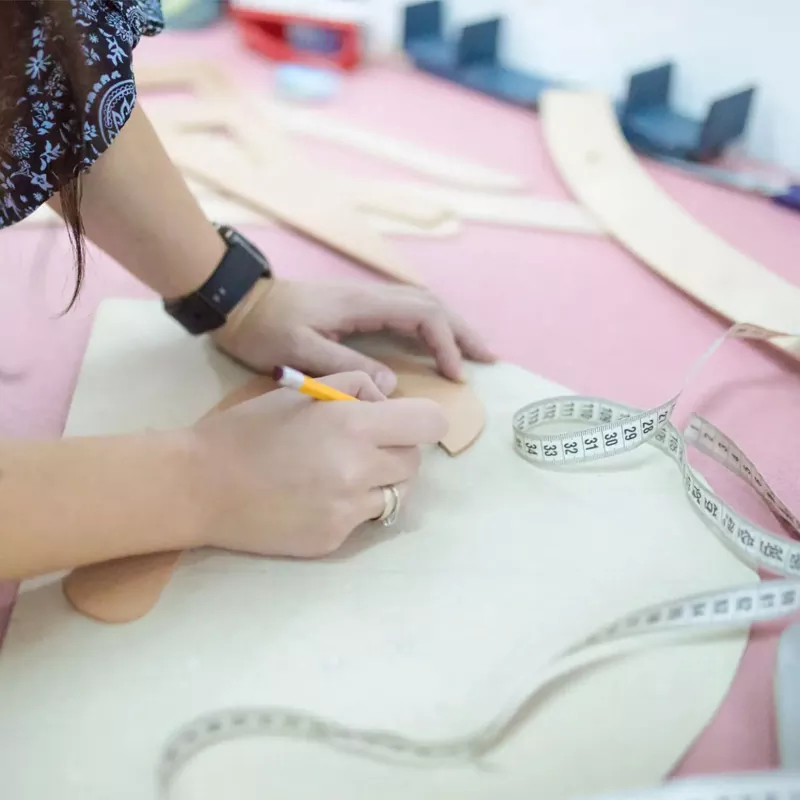
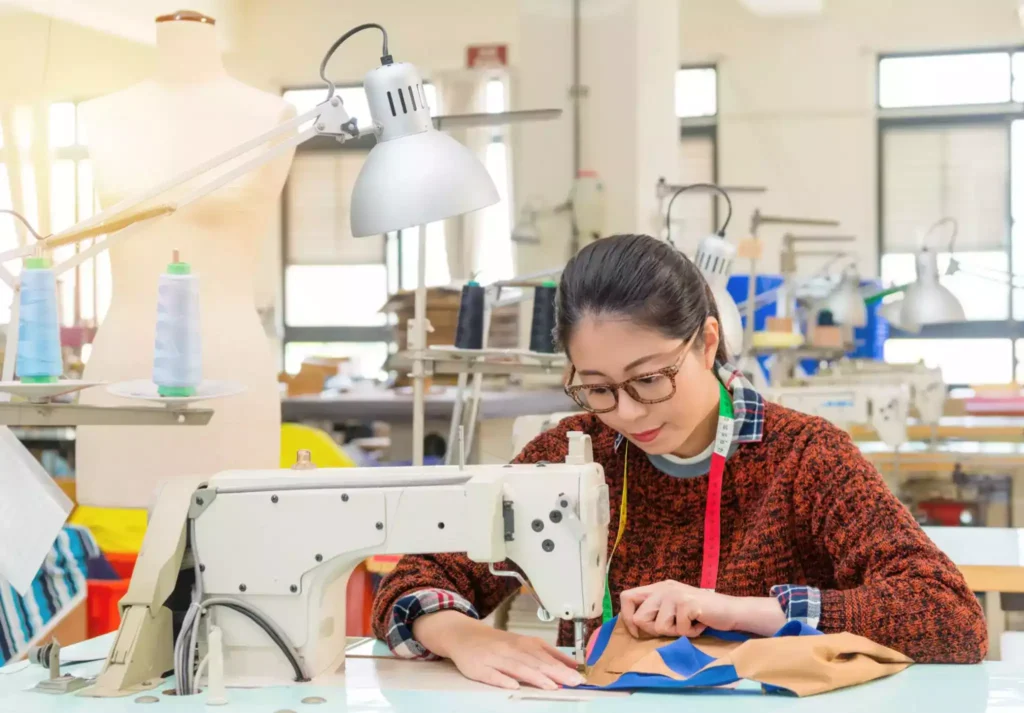
Werken met OEM kledingfabrikanten biedt verschillende voordelen voor bedrijven in de mode-industrie.
Cost-Effectiveness and Scalability:
One of the primary benefits of using OEM clothing manufacturers is cost-effectiveness. Brands can avoid the significant capital expenditure required to set up and maintain their own production facilities. For example, a startup fashion brand can allocate its budget to marketing and retail operations rather than investing in expensive machinery and labor. Additionally, OEM manufacturers often benefit from economies of scale, allowing them to produce garments at a lower cost per unit. This cost efficiency can be passed on to the brand, making it easier to scale production as demand increases.
Access to Specialized Expertise and Technology:
OEM manufacturers typically possess specialized knowledge and advanced technology that brands may not have in-house. For instance, a luxury lingerie brand might partner with an OEM manufacturer renowned for its expertise in working with delicate fabrics and intricate lace designs. This access to specialized skills and cutting-edge technology ensures high-quality production and innovation in garment design and construction.
Flexibility in Design and Production:
Working with OEM manufacturers offers brands greater flexibility in design and production. Brands can easily adjust production volumes based on market demand without worrying about idle production lines. For example, a seasonal clothing brand can increase production during peak seasons and reduce it during off-peak times. Additionally, OEM manufacturers can accommodate custom design requests, allowing brands to experiment with new styles and trends without committing to large production runs.
Ability to Focus on Branding and Marketing:
By outsourcing production to OEM manufacturers, brands can concentrate on building their market presence and enhancing their brand identity. For example, a fashion brand can focus on creating compelling marketing campaigns, engaging with customers on social media, and expanding its retail footprint. This focus on branding and marketing can drive sales and foster customer loyalty, ultimately contributing to the brand’s long-term success.
Tip: Bij het werken met OEM-kledingfabrikanten is het essentieel om duidelijke communicatiekanalen op te zetten en een sterk partnerschap te onderhouden om soepele operaties en succesvolle resultaten te garanderen.
De juiste OEM-kledingfabrikant kiezen
Overwegingsfactoren bij het kiezen van een OEM-kledingfabrikant
Bij het kiezen van een OEM-kledingfabrikant zijn er verschillende belangrijke factoren waar je rekening mee moet houden. Deze factoren zorgen ervoor dat je de juiste partner kiest voor jouw bedrijf. kledingproductie behoeften.
1. Expertise en ervaring: Ga op zoek naar een fabrikant die uitgebreide expertise en ervaring heeft in het specifieke type kleding dat je wilt produceren. Zo weet je zeker dat ze over de nodige kennis en vaardigheden beschikken om aan jouw kwaliteitseisen te voldoen.
2. Productiecapaciteit: Houd rekening met de productiecapaciteit van de fabrikant. Zorg ervoor dat ze de middelen en mogelijkheden hebben om de hoeveelheid kleding die je nodig hebt aan te kunnen. Dit voorkomt vertragingen en zorgt voor een tijdige levering.
3. Kwaliteitscontrole: Kwaliteit is cruciaal bij de productie van kleding. Zoek een fabrikant met strenge kwaliteitscontroleprocessen. Dit zorgt ervoor dat de eindproducten voldoen aan uw specificaties en uw klanten tevreden stellen.
4. Communicatie en reactiesnelheid: Effectieve communicatie is essentieel voor een succesvolle samenwerking. Kies een fabrikant die snel reageert en duidelijk en snel communiceert. Dit voorkomt misverstanden en zorgt ervoor dat aan uw eisen wordt voldaan.
5. Prijs en kosten: Kijk naar de prijs- en kostenstructuur van de fabrikant. Hoewel het belangrijk is om een fabrikant te vinden die concurrerende prijzen biedt, moet je op je hoede zijn voor extreem lage prijzen, omdat deze kunnen duiden op verminderde kwaliteit of verborgen kosten.
6. Ethische en duurzame praktijken: In de huidige markt van bewuste consumenten worden ethische en duurzame praktijken steeds belangrijker. Ga op zoek naar een fabrikant die ethische arbeidspraktijken volgt en duurzame materialen en productiemethoden gebruikt.
7. Monsters en prototypes: Vraag monsters of prototypes van hun werk aan voordat je een fabrikant kiest. Zo kun je de kwaliteit en het vakmanschap van hun producten beoordelen voordat je een beslissing neemt.
Onthoud dat het selecteren van de juiste OEM-kledingfabrikant een cruciale stap is in het succes van je kledingmerk. Neem de tijd om je opties grondig te evalueren en kies een partner die aansluit bij je waarden en eisen.
Vragen aan potentiële OEM-kledingfabrikanten
Als we potentiële OEM-kledingfabrikanten evalueren, zijn er een aantal belangrijke vragen die we moeten stellen om er zeker van te zijn dat we een weloverwogen beslissing nemen:
- Wat is jullie minimale bestelhoeveelheid (MOQ)? Inzicht in de MOQ is cruciaal omdat dit de haalbaarheid van samenwerking met de fabrikant bepaalt.
- Wat is uw productiecapaciteit? Het is belangrijk om te weten of de fabrikant de capaciteit heeft om aan onze productiebehoeften en deadlines te voldoen.
- Wat is jullie productietijd? Als we de doorlooptijd kennen, kunnen we ons productieschema beter plannen en zorgen voor een tijdige levering van onze producten.
- Heb je ervaring met soortgelijke producten? Ervaring met de productie van soortgelijke producten kan een indicatie zijn van de expertise van de fabrikant en zijn begrip van onze specifieke vereisten.
- Welke kwaliteitscontrolemaatregelen hanteren jullie? Om de kwaliteit van onze producten te handhaven, is het essentieel dat de fabrikant over robuuste kwaliteitscontroleprocessen beschikt.
- Wat zijn jullie prijzen en betalingsvoorwaarden? Inzicht in de prijsstructuur en betalingsvoorwaarden helpt ons bij het beoordelen van de financiële haalbaarheid van samenwerking met de fabrikant.
- Kunt u referenties of voorbeelden van uw eerdere werk geven? Door referenties of monsters op te vragen, kunnen we de staat van dienst van de fabrikant en de kwaliteit van hun werk beoordelen.
Door deze vragen te stellen, kunnen we waardevolle informatie verzamelen om een weloverwogen beslissing te nemen bij het selecteren van een OEM-kledingfabrikant.
Top OEM Clothing Manufacturers Around the World
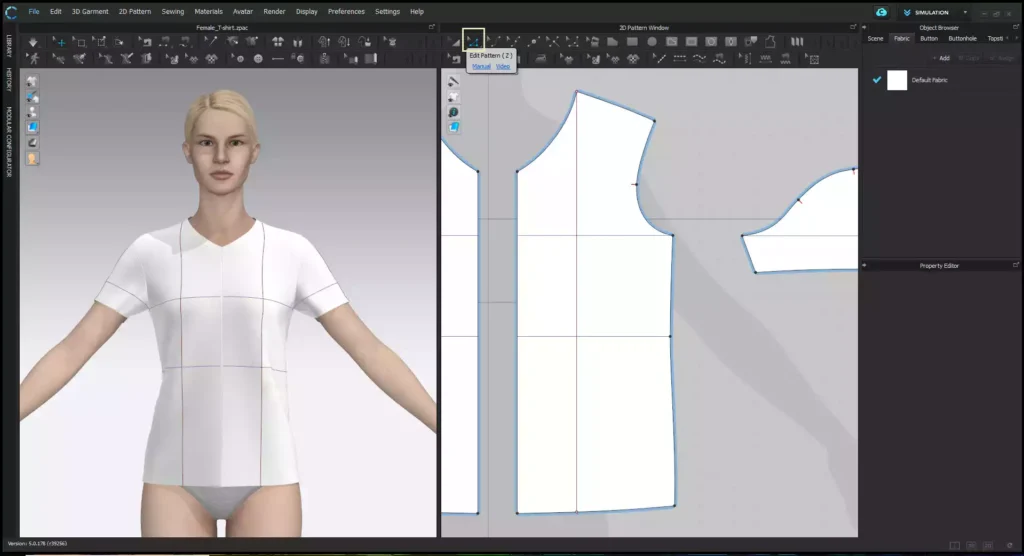
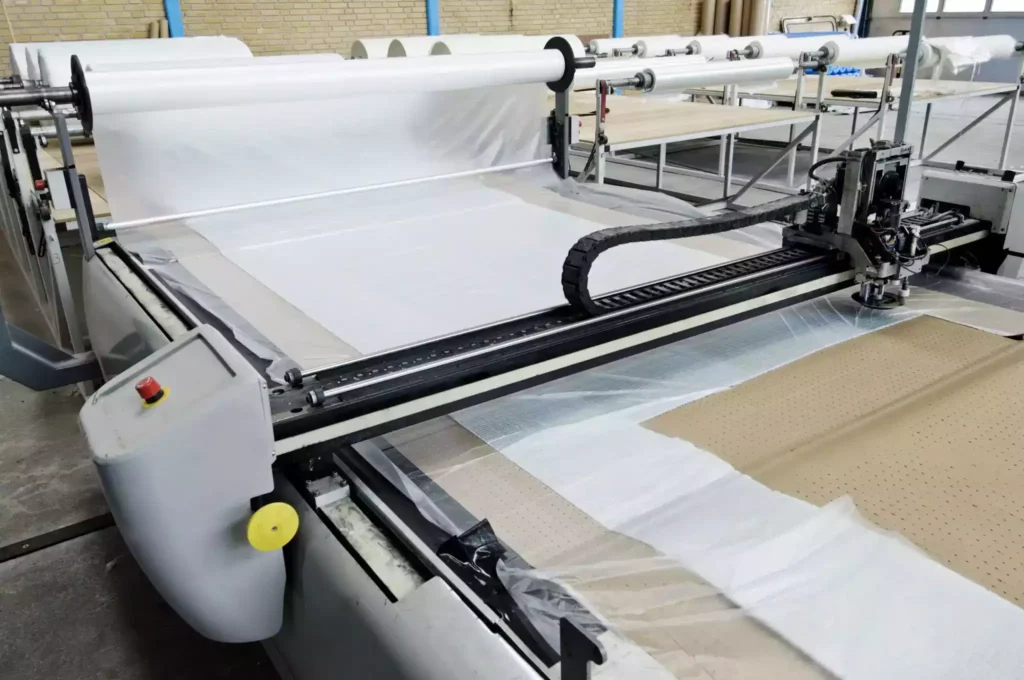
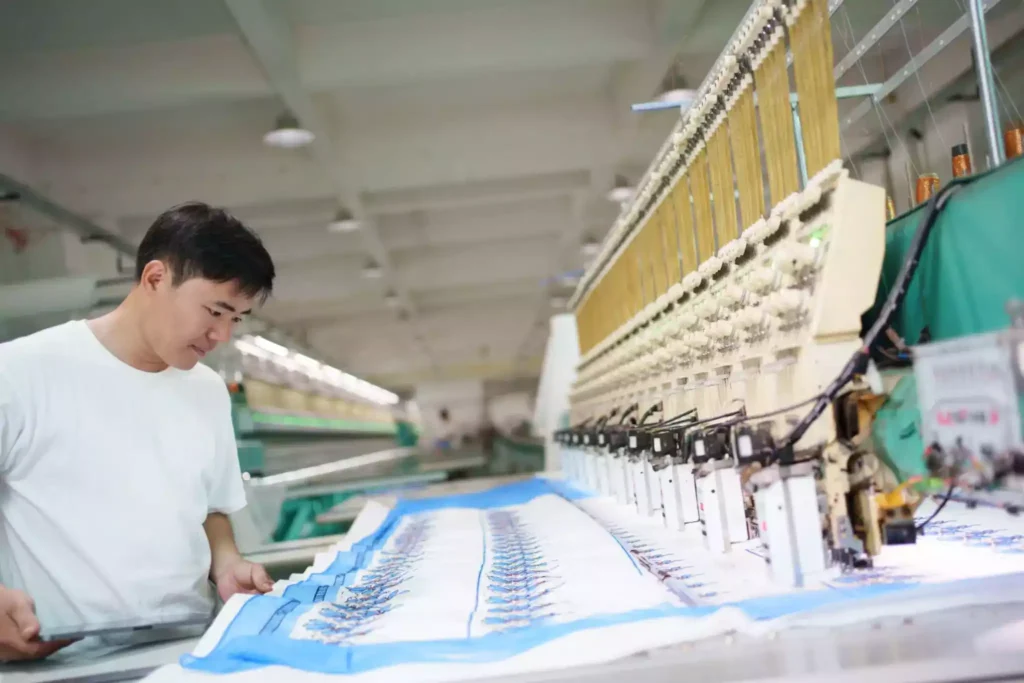
Overview of Leading OEM Clothing Manufacturers in Different Regions:
OEM clothing manufacturers are spread across the globe, each offering unique advantages based on their location. Key regions include Asia, Europe, and North America.
OEM Clothing Manufacturers in Asia:
- China: Known for its large-scale production capabilities and cost-effectiveness. Pjkleding specializes in sleepwear and casual clothing, offering comprehensive services from design to delivery.
- Bangladesh: Renowned for its expertise in producing high-quality garments at competitive prices. DBL Group is a leading manufacturer known for its sustainable practices and production of knitwear.
OEM Clothing Manufacturers in Europe:
- Italy: Famous for luxury fashion and high-end craftsmanship. Marzotto Group offers premium quality textiles and garments, specializing in tailored suits and luxury fabrics.
- Portugal: Known for its high standards in quality and ethical manufacturing. P&R Texteis specializes in sustainable clothing and technical textiles.
OEM Clothing Manufacturers in North America:
- USA: Offers advanced technology and quick turnaround times. American Apparel Production Inc. is known for its high-quality basics and sustainable practices.
- Mexico: Provides cost-effective manufacturing with proximity to the US market. Kaltex specializes in denim and casual wear, offering a full range of services from fabric production to finished garments.
Highlight Specific Manufacturers Known for Certain Types of Clothing:
- Sleepwear: Pjkleding in China is renowned for its high-quality sleepwear, offering customization and innovative fabric options.
- Luxury Fashion: Marzotto Group in Italy is a leader in luxury fashion, providing bespoke tailoring and premium fabrics.
- Sustainable Clothing: P&R Texteis in Portugal focuses on sustainable and eco-friendly clothing, using organic materials and ethical production practices.
Tips for Building a Strong Relationship with Your OEM Manufacturer
Importance of Clear Communication and Regular Updates:
Clear communication is vital for a successful partnership with your OEM manufacturer. Establishing regular updates and maintaining open lines of communication can prevent misunderstandings and ensure that both parties are aligned. For example, a fashion brand can schedule weekly video calls with their OEM partner to discuss production progress, address any concerns, and make necessary adjustments.
Building Trust and Maintaining Transparency:
Trust and transparency are the foundations of a strong relationship. Sharing relevant information and being honest about expectations can foster mutual respect. For instance, a clothing brand should transparently share their sales forecasts and market feedback with the OEM manufacturer. This openness can help the manufacturer plan production more efficiently and align their efforts with the brand’s goals.
Collaborating on Product Development and Innovation:
Collaborating on product development can lead to innovative solutions and improved products. Engaging the OEM manufacturer in the design process can leverage their expertise and technical knowledge. For example, a sportswear brand might work closely with their OEM manufacturer to develop a new line of moisture-wicking fabrics, combining the brand’s vision with the manufacturer’s technical capabilities.
Addressing Issues Promptly and Effectively:
Addressing issues promptly and effectively is crucial for maintaining a positive relationship. When problems arise, it’s important to communicate them immediately and work together to find solutions. For instance, if a batch of garments has quality issues, the brand should notify the OEM manufacturer right away and collaboratively develop a plan to rectify the situation and prevent future occurrences.
Investing in Long-Term Partnerships:
Investing in long-term partnerships can yield significant benefits over time. Building a strong, enduring relationship with an OEM manufacturer can lead to better collaboration, improved product quality, and cost savings. For example, a brand that consistently works with the same OEM manufacturer can negotiate better terms, benefit from the manufacturer’s deep understanding of their needs, and achieve greater consistency in product quality.
Common Challenges and How to Overcome Them
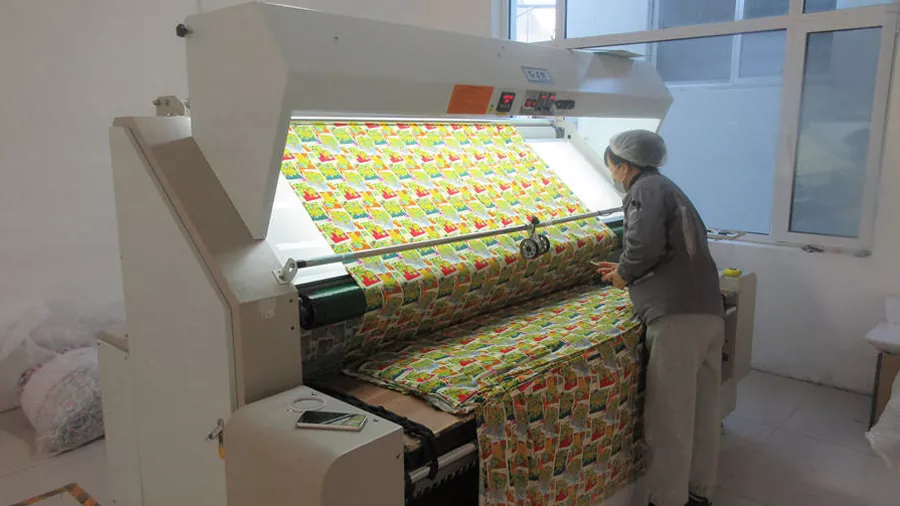
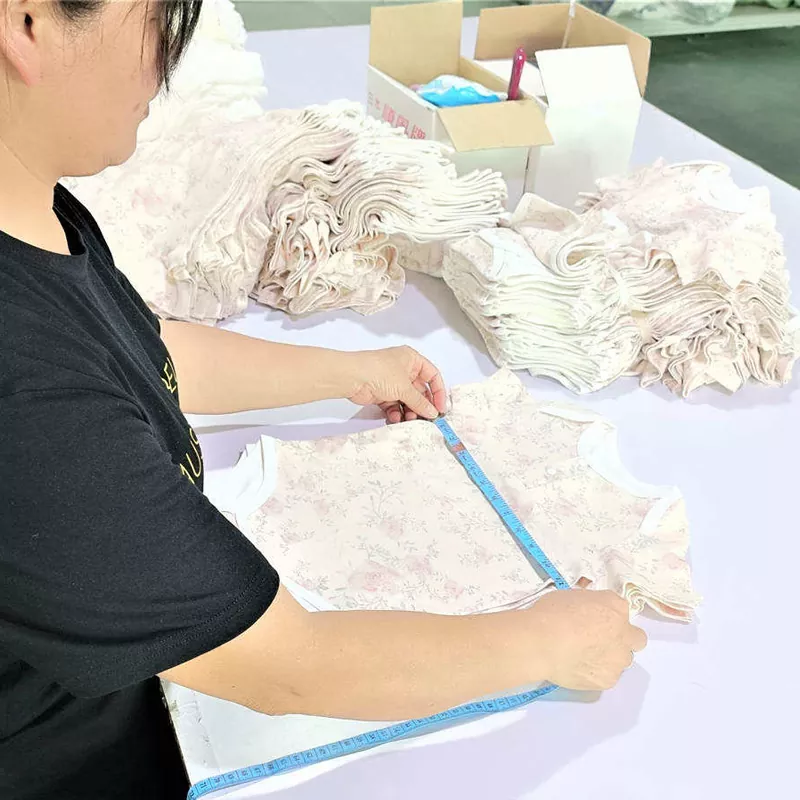
Potential Challenges When Working with OEM Manufacturers:
Working with OEM manufacturers can present several challenges, including quality control issues, production delays, and miscommunication. For instance, a fashion brand might receive a shipment of garments that do not meet the agreed-upon quality standards, or experience delays that disrupt their supply chain.
Strategies for Overcoming Common Issues:
- Kwaliteitscontrole: Implementing rigorous quality control measures can help mitigate quality issues. For example, a brand can establish a detailed quality checklist and conduct regular inspections at various stages of production. Additionally, working with a third-party quality assurance service can provide an extra layer of oversight.
- Delays: To manage production delays, maintaining a buffer in the production schedule is crucial. For instance, a brand can set earlier deadlines for critical milestones to account for potential delays. Additionally, maintaining open communication with the OEM manufacturer can help identify and address any bottlenecks promptly.
- Miscommunication: Clear and consistent communication can prevent misunderstandings. Using project management tools and maintaining detailed documentation of all agreements and specifications can ensure that both parties are on the same page. Regular meetings and updates can also help address any issues before they escalate.
Importance of Contingency Planning and Risk Management:
Contingency planning and risk management are essential for navigating potential challenges. For example, a brand can develop a contingency plan that includes alternative suppliers and backup plans for critical production stages. This proactive approach can help minimize disruptions and ensure continuity in case of unforeseen issues.
Future Trends in OEM Clothing Manufacturing
Emerging Trends and Technologies in the OEM Clothing Industry:
The OEM clothing industry is rapidly evolving with the adoption of advanced technologies. Innovations such as automation, 3D printing, and AI-driven design are transforming manufacturing processes. For example, 3D knitting machines allow for seamless garment production, reducing waste and increasing efficiency.
Impact of Sustainability and Ethical Manufacturing Practices:
Sustainability and ethical manufacturing practices are becoming increasingly important. Consumers are demanding eco-friendly products, prompting manufacturers to adopt sustainable practices. For instance, Pjkleding in China focuses on using organic materials and reducing environmental impact through energy-efficient processes and waste minimization.
Predictions for the Future of OEM Clothing Manufacturing:
The future of OEM clothing manufacturing is likely to see a greater emphasis on customization and on-demand production. Technologies like AI-driven customization platforms will enable brands to offer personalized products at scale. Additionally, the industry will continue to prioritize sustainability, with a shift towards circular fashion models where garments are designed for reuse and recycling, minimizing waste and environmental impact.
Conclusie
In this guide, we explored the essentials of building a strong relationship with your OEM manufacturer, overcoming common challenges, and staying ahead of future trends. By fostering clear communication, trust, and collaboration, brands can achieve successful partnerships. Embracing sustainability and innovative technologies will shape the future of OEM clothing manufacturing. We encourage brands to consider OEM manufacturing for their clothing lines to leverage these benefits.
We invite you to share your experiences or ask questions in the comments below. Your insights can help others navigate their OEM manufacturing journey.
FAQs
Wat is een OEM-kledingfabrikant?
Een OEM-kledingproducent is een bedrijf dat kleding en kleding produceert namens andere merken of bedrijven. Ze zijn gespecialiseerd in het maken van kleding op basis van de specificaties en ontwerpen die hun klanten aanleveren.
What is the difference between OEM and ODM?
OEM (Original Equipment Manufacturer) produces products based on the client’s specifications, while ODM (Original Design Manufacturer) provides products designed by the manufacturer that clients can rebrand.
Wat zijn de voordelen van het werken met een OEM-kledingfabrikant?
Samenwerken met een OEM kledingfabrikant biedt verschillende voordelen, waaronder kosteneffectiviteit, toegang tot gespecialiseerde expertise, flexibiliteit in productie en de mogelijkheid om de productiecapaciteit op te schalen.
How do I find the right OEM clothing manufacturer for my brand?
Research potential manufacturers, check their credentials, request samples, and visit their facilities if possible.
Hoe kies ik de juiste OEM-kledingfabrikant?
Houd bij het kiezen van een OEM-kledingfabrikant rekening met factoren zoals hun ervaring, productiemogelijkheden, kwaliteitscontroleprocessen, communicatievaardigheden en prijsstelling. Het is ook belangrijk om hun staat van dienst en reputatie in de branche te beoordelen.
Met welke factoren moet ik rekening houden bij het kiezen van een OEM-kledingfabrikant?
Enkele belangrijke factoren om te overwegen bij het kiezen van een OEM-kledingfabrikant zijn hun productiecapaciteit, doorlooptijden, minimale bestelhoeveelheden, productiemogelijkheden, kwaliteitscontroleprocessen en hun vermogen om aan je specifieke eisen te voldoen.
Welke vragen moet ik potentiële OEM-kledingfabrikanten stellen?
Bij het evalueren van potentiële OEM-kledingfabrikanten moet je vragen stellen over hun ervaring, productiemogelijkheden, kwaliteitscontroleprocessen, prijzen, levertijden, minimale bestelhoeveelheden en hun vermogen om aanpassingen of speciale vereisten te verwerken.
What are the typical lead times for OEM clothing production?
Lead times vary but generally range from 4 to 6 weeks, depending on the complexity and volume of the order.
Hoe kan ik de kwaliteit van de kleding van een OEM-fabrikant garanderen?
Om de kwaliteit van de kleding geproduceerd door een OEM-fabrikant, it is important to establish clear quality standards and specifications, conduct regular inspections and audits, and maintain open communication with the manufacturer throughout the production process. Implement strict quality control measures, such as regular inspections and third-party audits. For instance, a brand can hire a quality assurance firm to conduct periodic checks during production. It may also be beneficial to request samples or prototypes before placing a large order.


